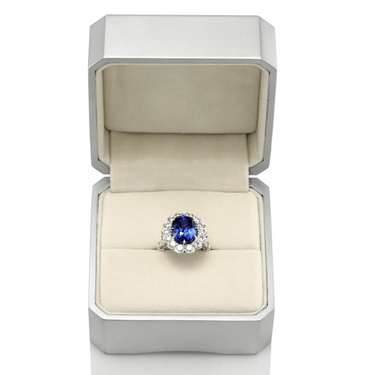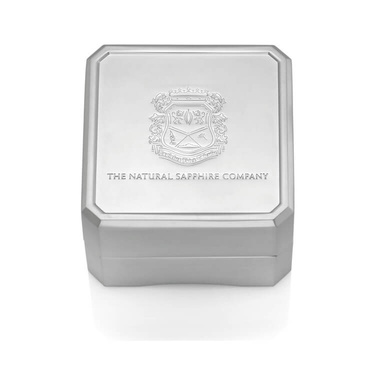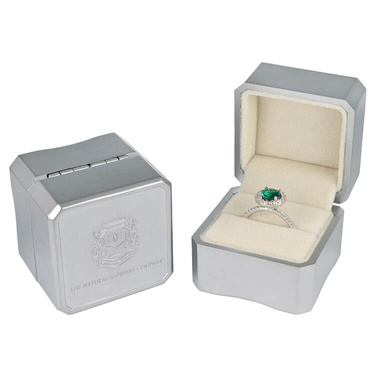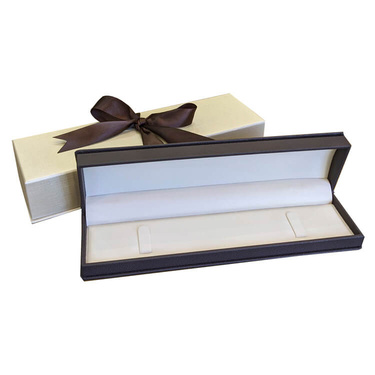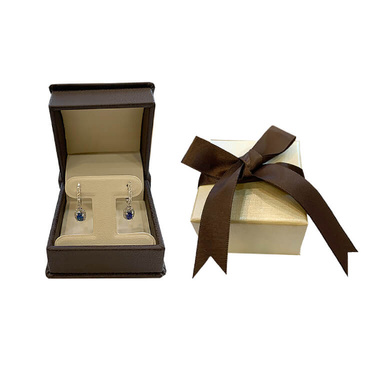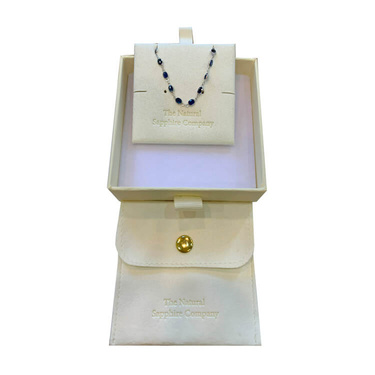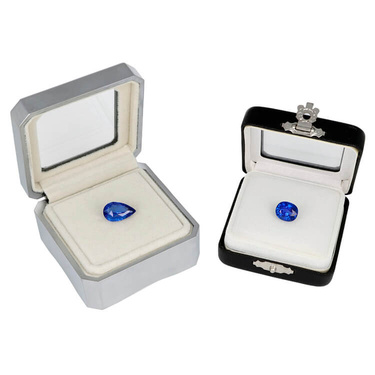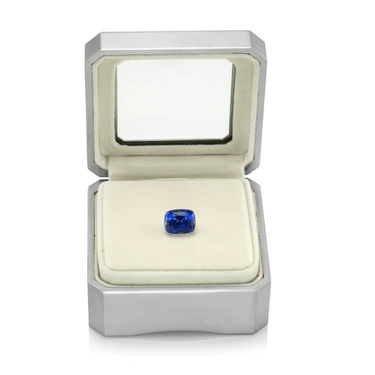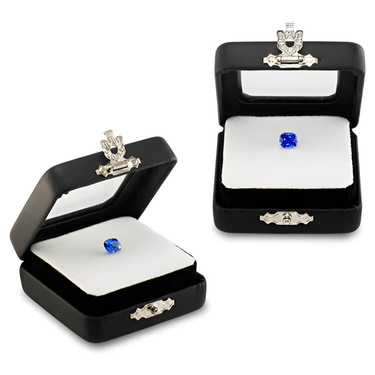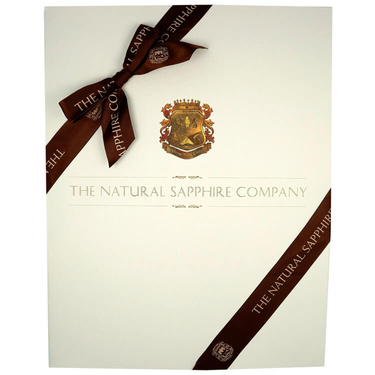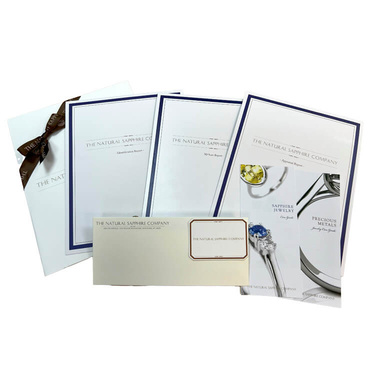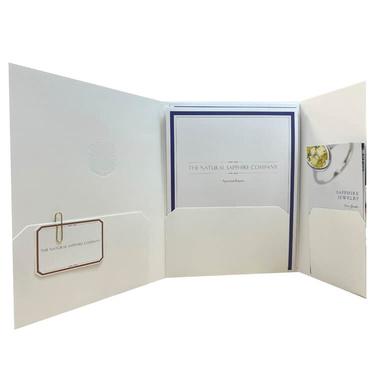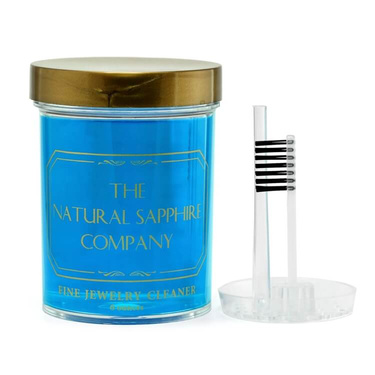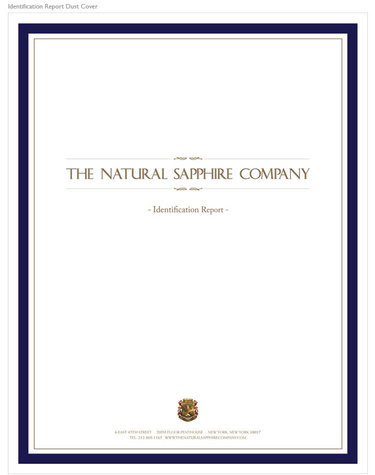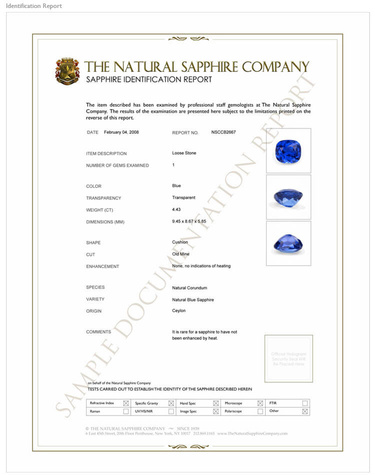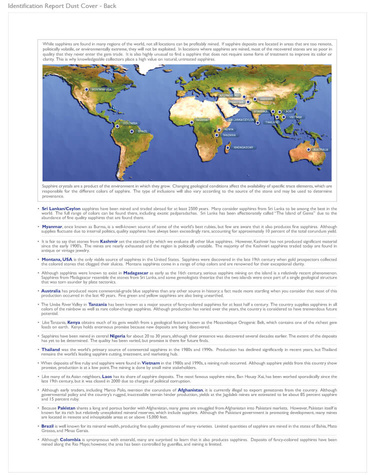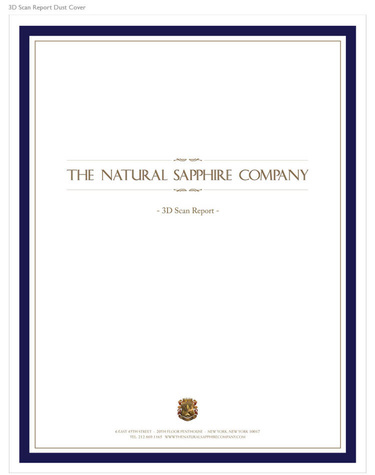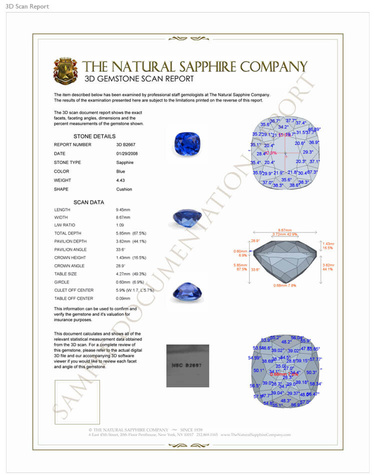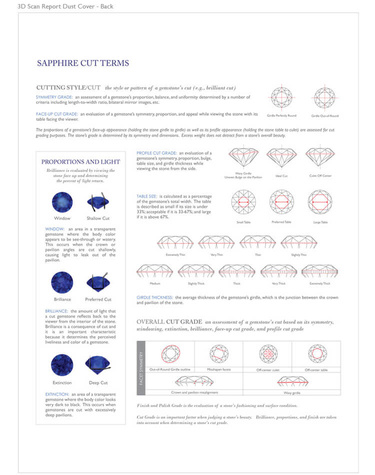- Stone10
- Reports3
-oval-blue-sapphire-2.6700-cts-s30994-1.jpg?d=200x200&v=20251002170243)
-oval-blue-sapphire-2.6700-cts-s30994-1.jpg?d=200x200&v=20251002170243)
-oval-blue-sapphire-2.6700-cts-s30994-lifestyleimage-1.jpg?d=200x200&v=20251006010016)
-oval-blue-sapphire-2.6700-cts-s30994-lifestyleimage-2.jpg?d=200x200&v=20251006010016)
-oval-blue-sapphire-2.6700-cts-s30994-lifestyleimage-3.jpg?d=200x200&v=20251006010016)
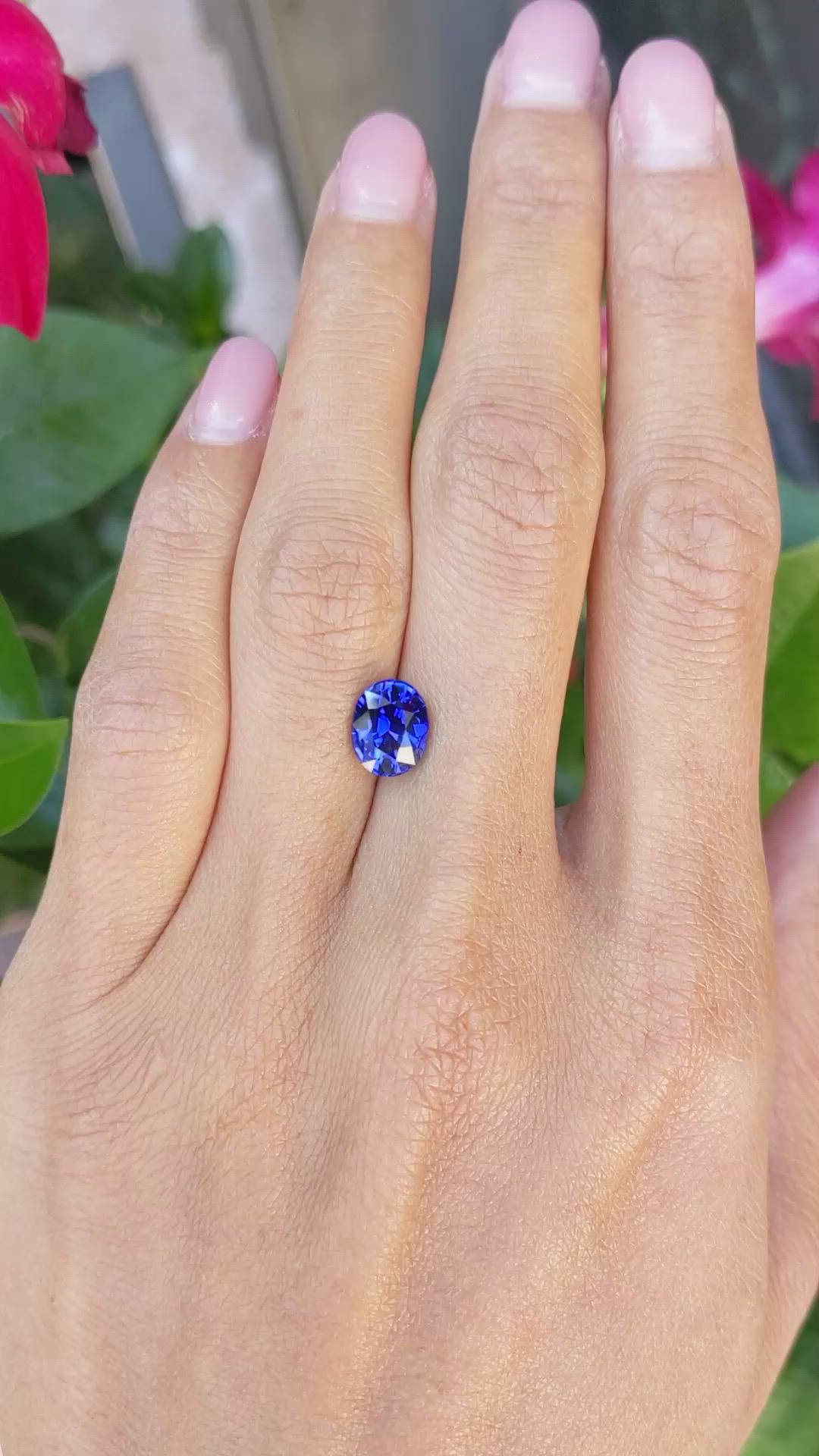

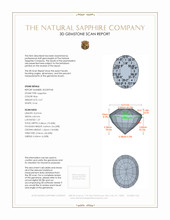
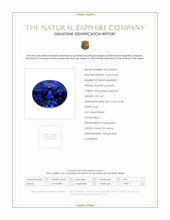
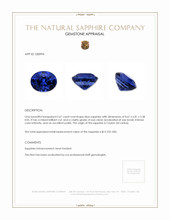
2.67 Ct. Blue Sapphire from Ceylon (Sri Lanka)
This loose stone is available to ship now
Item ID: | S30994 |
|---|---|
Dimensions (MM): help | Length: 8.67 Width: 6.81 Height: 5.38 |
Weight: | 2.67 Ct. |
Color: help | Blue |
Color intensity: help | Intense |
Clarity: help | Eye Clean |
Shape: help | Oval |
Cut: | Mixed Brilliant |
Cutting style: | Faceted |
Enhancements: help | Heat Treated |
Origin: help | Ceylon (Sri Lanka) |
Per carat price: help | $4,590 |
This loose Ceylon blue sapphire from The Natural Sapphire Company is a transparent 2.67 carat oval, measuring 8.67 by 6.81 by 5.38 millimeters, cut to a mixed brilliant design, with an eye clean clarity grade, intense color intensity, and an excellent polish. The oval proportions yield a length to width ratio of approximately 1.27, and a depth that corresponds to approximately sixty two percent of the length, proportions that are well balanced for both optimal face up spread and efficient light return. The mixed brilliant cut indicates a brilliant style crown paired with faceting on the pavilion that is tuned to maximize scintillation while preserving color saturation, a desirable approach for medium to deeply saturated sapphires. The stone has been heat treated, a standard and stable enhancement in the sapphire market, applied to intensify hue and to reduce or remove silk related diffusion while preserving the gem to withstand normal wear.
From a faceting and craftsmanship perspective the mixed brilliant execution on this oval emphasizes a full table plane with calibrated crown angles to produce strong internal reflections and controlled contrast. The pavilion arrangement employs a combination of kite and star facets transitioning into step influenced pavilion facets, which is typical for mixed cuts that aim to deliver lively brilliance together with broad flashes of color. The excellent polish reported ensures minimal light leakage at facet junctions and sharp facet edges, conditions that contribute to high contrast and crisp scintillation. The oval outline and the submitted measurements give a pleasing face up appearance relative to weight, making this gem suitable for settings where a prominent blue presence is required without excessive depth loss in the mounting.
Color analysis shows a pure, intense blue that sits squarely in the vivid saturation range for Sri Lankan material, with a hue that reads as pure blue with very slight cool undertone rather than overtly violet or green biased. Compared to classic Kashmir sapphires, which typically display a medium to medium dark tone with a diffused cornflower or velvety texture produced by fine silk, this Ceylon example is more crystalline and lively, with higher facet contrast and a more transparent face up character. Compared to Burmese gems, which can present a deep, saturated royal blue often tending toward violet enriched undertones, this stone is slightly brighter and cleaner in hue, losing some of the plush velvet that characterizes top Burma material, but gaining increased brilliance and mobility of light across the table. Relative to Madagascar sources, which often produce vivid blues with modern cutting styles, the Ceylon stone aligns closely in saturation but differs in its slightly lighter, more electric tone that is characteristic of many Sri Lankan finds. By contrast, Australian and Thai blues more commonly occupy darker, inky zones or display greenish modifiers, and Montana stones in the United States tend toward steelier or teal influenced blues, distinctions that make this sapphire immediately identifiable to an experienced eye as classic Ceylon in character, while the intense saturation places it at the stronger end of the typical Sri Lankan range.
Regarding clarity, treatment stability, and practical considerations for setting, the eye clean designation means that to unaided vision the gem shows no inclusions, and the heat treatment applied is conventional, permanent, and widely accepted in the trade to improve both color and apparent clarity. Microscopic features that persist in heat treated sapphires are usually localized crystals, healed fractures, or isolated needles, and they do not compromise polish quality or durability. Sapphire resilience, combined with the excellent polish and the precision of the mixed brilliant faceting, makes this gem well suited to a variety of mounts where its intense blue can be showcased, including four prong settings, low profile bezels, or halo arrangements that benefit from a high face up color concentration. At The Natural Sapphire Company we present this sapphire as a technical specimen that balances classical Ceylon hue with contemporary cutting strategy, and we can supply further gemological documentation and photography on request to assist with design and appraisal decisions.

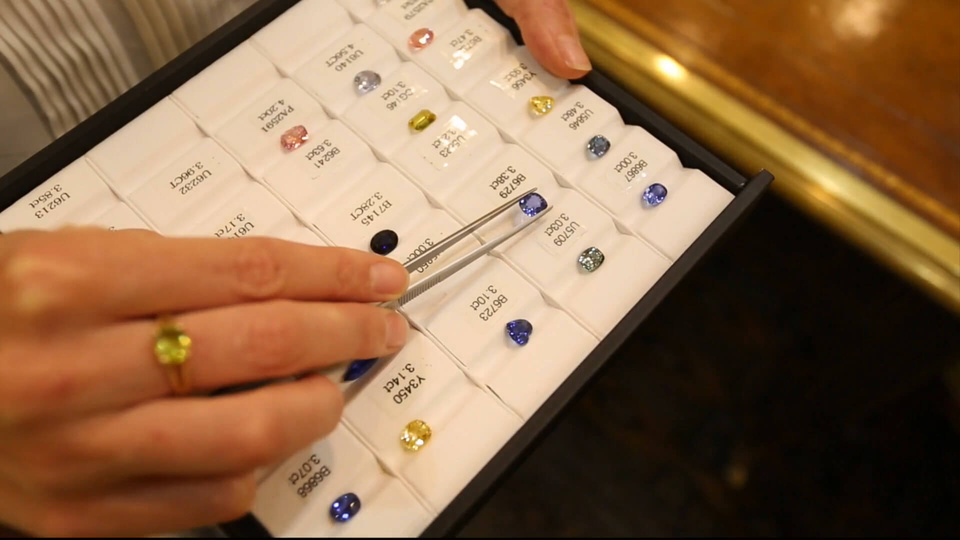

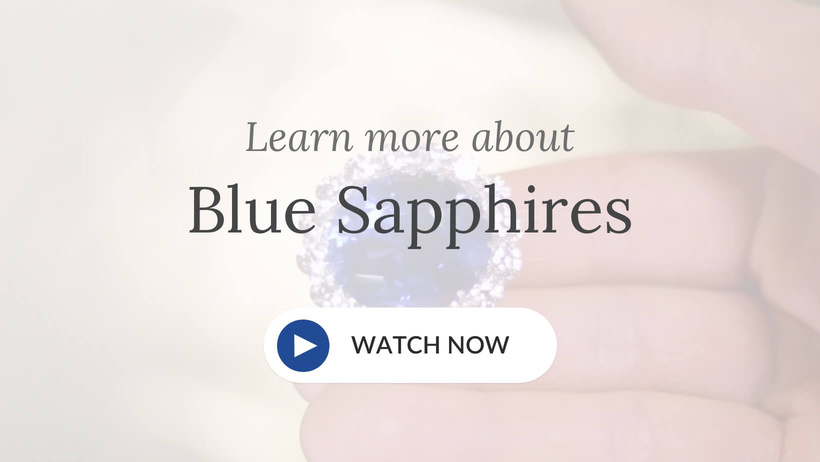

-oval-blue-sapphire-2.6700-cts-s30994-1.jpg?d=750x750&s=nsc&v=20251002170243)
-oval-blue-sapphire-2.6700-cts-s30994-lifestyleimage-1.jpg?d=750x750&s=nsc&v=20251006010016)
-oval-blue-sapphire-2.6700-cts-s30994-lifestyleimage-2.jpg?d=750x750&s=nsc&v=20251006010016)
-oval-blue-sapphire-2.6700-cts-s30994-lifestyleimage-3.jpg?d=750x750&s=nsc&v=20251006010016)




